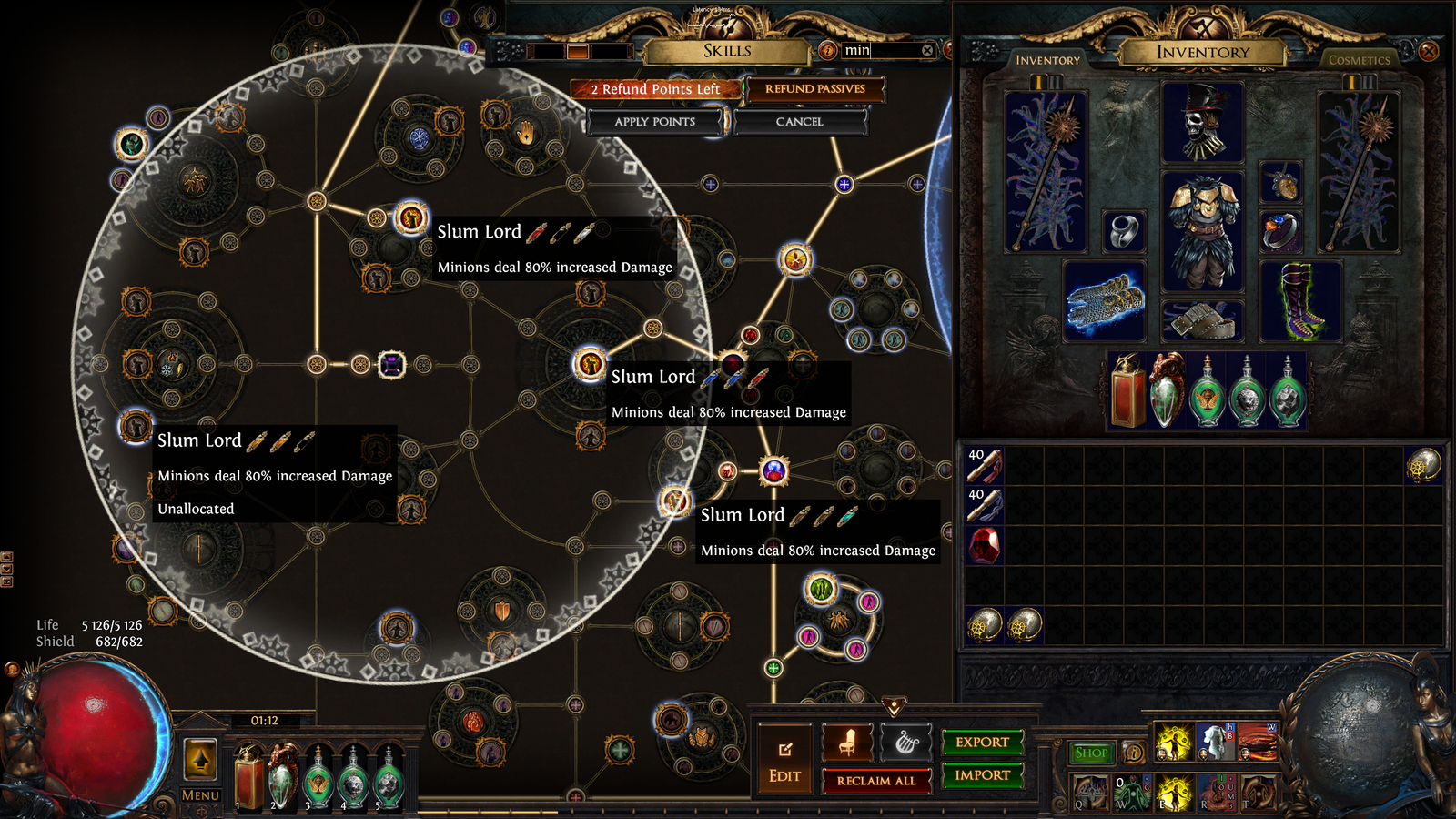Elegant Hubris: When Style Meets Overconfidence in Fashion

Introduction
Fashion is personal and cultural because of creation, identity, and expression. Fashion often blends confidence and arrogance. This article addresses “elegant hubris,” how fashion meets overconfidence, and its effects on people and corporations.
Understanding Elegant Hubris
Fashion decisions based on style and overconfidence are hubris. It features bright, unconventional clothing that express confidence in style. From traditional fashion patterns to modernity came hubris.
The Historical Roots of Fashion Confidence
Dress has always affected self-expression and social standing. With clothes and accessories, ancient civilizations demonstrated riches, power, and status. Egyptians were confident in gold jewelry and vivid attire. Renaissance aristocrats’ lavish attire showed riches and confidence. Coco Chanel and Yves Saint Laurent revolutionized elegance in the 20th century. Chanel’s little black dress inspired women to dress simply and confidently. Saint Laurent’s women’s tuxedos and other designs emphasized uniqueness and gender mixing.
The Evolution of Fashion and Overconfidence
Fashion confidence increased. The Cultural revolution in the 1960s and 1970s made fashion a form of resistance and self-expression. Punk was aggressive and unorthodox, showing overconfidence, defiance of social conventions, and individuality. Streetwear with big logos and exaggerated dimensions highlighted self-confidence throughout the 1990s and 2000s. Social media has democratized fashion, fostering spectacular hubris. Celebrity and influencer fashion choices often verge on overconfidence. Fashion is more about affirmation and attention due to the urge to stand out.
The Role of Social Media in Shaping Fashion Overconfidence
Instagram, TikTok, and Pinterest have altered fashion by enabling people to express themselves and acquire recognition. As people seek likes, comments, and followers online, fashion overconfidence has soared. Social media influences beauty and fashion hubris..
The Rise of Influencer Culture
Influencers may jeopardize relevance and desire. Demanding approval may bias fashion choices toward attention rather than self-expression.
The Impact of Social Media on Fashion Trends
Social media accelerates fashion trend growth and decline. Month-old trends may become trendy overnight. High turnover has produced a fast fashion culture where people must change their clothes often. People want to stand out in this fast-paced world, which breeds exquisite hubris. Design overconfidence can lead to clothes that emphasize shock value over personal flair to stand out. When making a statement in the ever-changing digital landscape, confidence and overconfidence mingle.
The Fine Line Between Confidence and Overconfidence in Fashion
Overconfidence can generate fashion mistakes, yet personal style requires confidence. How fashionistas should mix confidence and overconfidence to produce unique looks is discussed here.
Embracing Individuality with Confidence
Personality and style determine fashion confidence. It involves dressing according to personal taste, ideals, and identity rather than societal norms. Consequently, confidence empowers individuals to experiment with fashion while remaining true to themselves. Confident people aren’t arrogant. Self-awareness, humility, and understanding that dress is an expression promotes confidence. Understanding one’s talents and weaknesses and expressing oneself via fashion are vital.
Recognizing the Signs of Overconfidence
Overconfidence in fashion can lead to fake authenticity and external approval. Its fashion selections emphasize attention and shock above uniqueness. Overconfident persons may find comfort in likes, comments, and trends. Overconfidence must be recognized in fashion. It entails evaluating fashion choices’ goals and ideals. Being self-aware and honest balances confidence and overconfidence, producing a lovely style.
The Impact of Elegant Hubris on the Fashion Industry
Elegant arrogance influences fashion and industry. Elegant arrogance damages fashion designers, companies, and sustainability.
The Influence of Elegant on Fashion Brands
Elegant Hubris fashion brand enthusiasm and exclusivity. Celebrity fashion events, influencer partnerships, and limited-edition collections spark demand. Social media and influencer culture help companies tell a unique story. This approach may lead to materialism and overconsumption. Fashion pressure and the desire to stand out can lead to waste. Fashion designers must blend ambitious and sustainable things that promote style without harming the earth.
The Role of Designers in Navigating Hubris
Fashion designers teach graceful hubris. Their ingenuity and vision encourage authenticity and humility. Without hubris, designers may reproduce elegance and foster self-expression.
Navigating the World of Fashion with Elegance and Confidence
An elegant and confident fashionista must express and understand herself. This section gives ideas on creating a stunning, authentic style without overconfidence.
Cultivating Self-Awareness and Authenticity
Genuine style starts with self-awareness. Fashion self-expression requires knowing one’s beliefs, interests, and individuality. Individuality and authenticity enable people to express themselves and ideals via style. Being real involves accepting flaws and valuing variety. It means realizing fashion is about individuality, not conformity. Self-awareness and authenticity help people dress beautifully and confidently, generating amazing outfits.
Embracing Sustainable Fashion Practices
Elegant fashion is sustainable. It values ethics, quality, and durability in fashion. Buy classic pieces and support sustainable businesses to lessen your environmental impact and help the fashion industry become more sustainable. Sustainable fashion requires mindfulness and less spending. Value quality above quantity and appreciate each garment’s creativity. Sustainable style may be chic, confident, eco-friendly, and socially responsible.
Conclusion
Style and overconfidence in fashion are diverse and reflect industry trends. Overconfidence in style can lead to seeking external praise and attention for fashion choices. Self-awareness, honesty, and sustainability give fashion elegance and purpose. To establish a lasting culture, they honor fashion industry originality, individualism, and accountability.
FAQs
What is elegant hubris in fashion?
Elegant is fashion overconfidence and flair. This notion is bold, confident clothing that pushes standards. Elegant is arrogant and prioritizes attention above authenticity, whereas simple confidence balances personal choice and social context. Fame-seekers may defy fashion. This includes bright clothing and attitude. While elegant arrogance can create stunning fashion moments, it simultaneously raises sustainability challenges. Therefore, in an industry that is increasingly focused on ethical and environmentally conscious practices, these challenges must be addressed.
How has social media influenced fashion?
Social media lets people showcase their beauty and obtain rapid response through likes, comments, and shares, which has encouraged fashion arrogance. Uniqueness in the digital era might lead to fashion overconfidence. Influencer culture affects this. Influencers with enormous followings shape trends and push limits to stay relevant and inspire their audience. As fashion emphasizes visual impact and instant recognition, confidence and overconfidence mix. Always being daring and original may lead to style over substance.
How can individuals maintain confidence without crossing into overconfidence in fashion?
Social media not only allows for the expression of various viewpoints but also stimulates innovation and democratizes fashion. However, it simultaneously risks creating a society where appearance and validation, rather than authenticity and good style, become the primary focus.
Consequently, while social media has the potential to foster creativity and inclusivity, it also poses challenges that could undermine Elegant Hubris self-expression and quality in favor of superficial trends Genuineness, self-awareness, and careful consumption maintain style confidence. Self-awareness lets people see how their style matches their values. Understanding this lets one buy clothes based on their interests, not trends or acceptability.
Authenticity is accepting flaws and letting style reflect personality, not society. Focusing on what resonates creates iconic fashion trends. Mindful consumption promotes quality above quantity and sustainability. Durable and ethically made products reduce the need to acquire every fad. Balance self-expression, humility, and sustainability for confident, grounded fashion.
What role do designers play in addressing hubris in fashion?
To combat breathtaking hubris, fashion designers define trends, influence public opinion, and promote sustainability. Design challenges norms and emphasizes authenticity over superficiality. Allowing personal expression while respecting ethics may redefine beauty and flair. Designers may encourage fashion longevity and environmental responsibility via quality, workmanship, and sustainable materials. Designers may promote diversity and inclusiveness on their platforms to show elegance.
By partnering with influencers and media that promote real stories and ethical consumption, designers can move the focus from overconfidence and attention-seeking to a more balanced style appreciation that values uniqueness and integrity.
How does elegance impact the sustainability of the fashion industry?
Elegant prioritizes fast fashion over ethical fashion, damaging the fashion sector. Standing out in the hurry to refresh clothes may lead to wasteful fashion. In search of attention and acceptability, people may buy inexpensive, throwaway, environmentally harmful garments. As companies and designers fight to create distinctive, eye-catching products, exclusivity and novelty can perpetuate unsustainable practices.
The fashion industry must promote ethical, quality-over-quantity, sustainable clothing to fight this. Promote conscientious consumption, where customers cherish timeless elegance and cautious manufacture, to reduce beautiful hubris’ environmental effect and promote a sustainable future.










